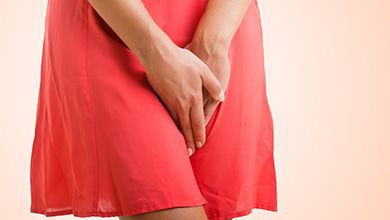Incontinence in Women
Incontinence is defined as an involuntary loss of urine that's enough to cause a social or hygiene concern. It is more common in women than in men. Urine is produced by the kidneys and collected in the bladder, which expands like a balloon as the volume increases. When full, the bladder empties to the outside through the urethra. Most people need to pass water every 3-4 hours during the day and up to once or twice in the night. For normal urination, the muscular wall of the bladder has to contract at the same time as a valve mechanism at the outlet of the bladder relaxes. Most incontinence in adults results from problems with one or other of these processes and are responsible for most incontinence in women.

